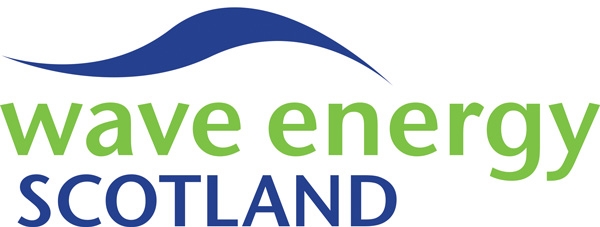Overview
Paul Kerr carried out a PhD co-funded by WES, the Energy Technology Partnership and the University of Edinburgh. From a WES perspective, this PhD intended to direct future investigations into Direct Generation technologies by studying and evaluating their potential in greater detail than the Frazer Nash landscaping study, and by investigating the benefits of such radical innovation in the delivery of cost reduction.
Wave energy must reduce its costs to be competitive with other forms of low-carbon electricity generation technology. These cost reductions may be enabled by incremental improvements that occur alongside mass production and deployment of the technology. Alternatively, these cost reductions could come as the result of radical technology innovation, where a significant redesign of a wave energy converter or subsystem is developed. This radical innovation may result in a step-change reduction in cost compared to incumbent wave energy technologies. This thesis investigates the viability of both an incremental cost reduction and radical innovation pathway for the wave energy sector, and investigates the potential of a class of technology, direct conversion, as an enabler of innovation for the wave energy sector. To carry out this investigation, the research was split into three parts which are summarised below.
The first part of the thesis evaluates the public subsidy that could be required to achieve cost-competitive wave energy through either incremental improvements or radical technology innovation. This was done by modelling cost reduction trajectories for the wave energy sector with and without innovation related cost reductions. The findings of this were that radical innovation could significantly reduce the overall public subsidy required to enable cost-competitive wave energy. Additionally, based on the current cost estimates for the wave energy sector, the level of investment required to achieve cost-competitive wave energy way be un-viable in the absence of significant technology innovation.
The second part of the thesis goes on to investigate the potential of a class of technology, direct conversion, as a potential enabler of innovation in the wave energy sector. Direct conversion technologies directly convert mechanical to electrical energy and have several possible benefits in wave energy applications, including low cost, corrosion-free materials, reduction or removal of moving parts in the power take-off and potentially enabling distributed, highly redundant power take-off. A screening process was developed that was used to assess six direct conversion technologies. This found that four of the direct conversion technologies (piezoelectric ceramics, piezoelectric polymers, triboelectric, and magnetostrictive materials) were not viable for wave energy applications, while the other two technologies (dielectric elastomers and dielectric fluids) may be viable. Of these two technologies, dielectric elastomer generators performed best in the areas where comparable data existed.
The final part of the thesis goes on to carry out a more detailed evaluation of the barriers that exist to the development of the most promising of the direct conversion technologies evaluated in Part B, dielectric elastomers, in wave energy applications. By carrying out both a literature review and a series of semi-structured interviews with experts, a more comprehensive list of the barriers than previously existed in the literature was developed, along with an evaluation of the difficulty of these barriers and the actions that could be taken to address them. This final part of the thesis could be used to help develop a strategic plan (such as a technology roadmap) for the development of dielectric elastomer wave energy converters.

